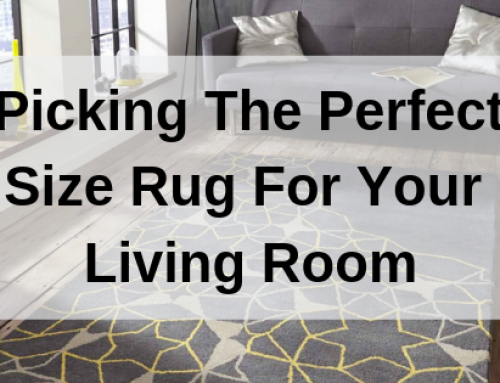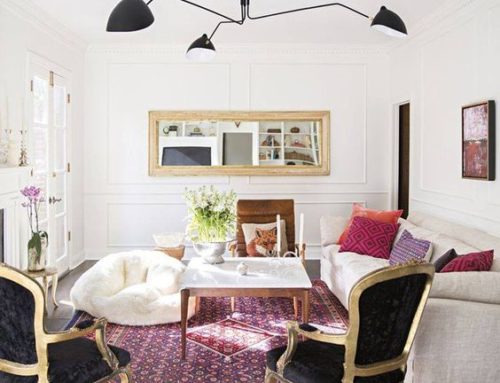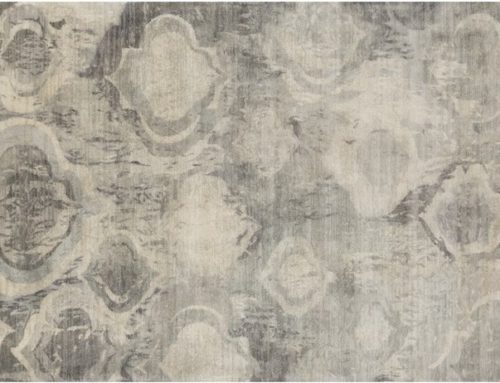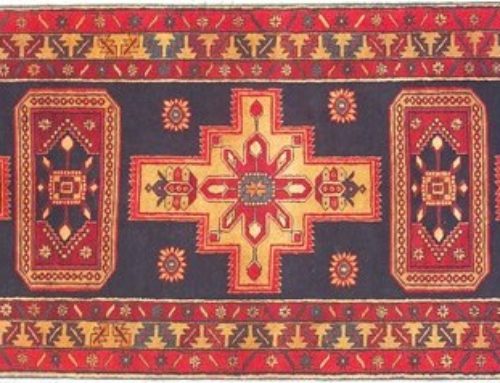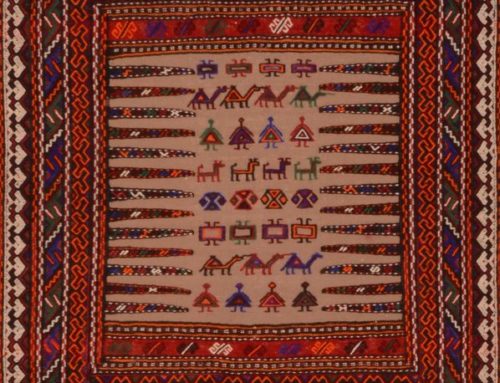Traditional rugs are perhaps the most admired category of hand-knotted rugs. While throughout the history they have been used to decorate and furnish living rooms, dining rooms, bedrooms and reception rooms, they can make an impressive statement even in a modern setting to stand out among all other types of furniture.
As the term indicates, traditional rugs are a reference that includes a wide variety of carpets and rugs that is usually hand knotted or handwoven in different regions of the world. When we talk about traditional rugs, it is normally a reference to the type of design of the rugs as opposed to modern or contemporary rugs. However, when it is referred to an area rug by the term traditional, it automatically includes several other elements other than design. For example, a tradition rug must be hand knotted or handwoven too unless it is clearly specified that only the design is traditional.
Traditional rugs have been used by people for at least several hundred years. Nevertheless, like any other traditional item or costume, traditional rugs too, have gone through a continuous process of evolution and refining.
Also because the phrase traditional rugs mostly refers to the type of design in a handmade rug, besides the fact that may include numerous different type of motifs and patterns, a certain element may have been added, eliminated, or modified by different designers and weavers. Each rag making tradition also has assimilated its own inputs which created numerous different types of designs. Never the less traditional rugs have their own common elements that gather them under one roof.
Designs of Element in Traditional Rugs
Almost all the significant designs on traditional oriental rugs are Persian designs which have been adopted by other rug weavers throughout the time. Persian rugs, however, have adopted a certain element of designs from other regions for different purposes. For instance, during the early 19th century, Persian rugs became a commodity that found a new market in Europe and later on in North America. During that time some Iranian rug weavers adopted a policy of accommodating the western fashion taste. They started incorporating some of the western architectural element in their designs or weaving rugs with French Aubusson resins as well as incorporating some western floral patterns that became known as Golfarang or western floral.
There is one exception to the oriental rugs designs in terms of their origin. China indeed had its own distinct designs in their hand knotted oriental rugs. More open filed with floral Aubusson type borders, either with or without a medallion, as well as dragon designs in hand knotted oriental are original chines designs. However, as the western market opened up for Persian hand knotted rugs, Chinese weavers moved towards adopting more and more of Persian motifs and designs.
Floral Persian designs themselves have a much different variety of design combinations which will be separately discussed under hand-knotted rug designs. What is important to keep in mind is that rug weaving Traditions have constantly influenced one another in daren’t aspects such as designs and use of color or dyeing technics. Even within Iran itself different rug-making regions have had their impression on the neighboring regions while asserting their own identity elements.
Geometric Designs in Traditional Rugs
In terms of the broader categorization with respect to Traditional rug designs, two different types of designs are noteworthy which are known as floral designs and Geometric designs. Unlike floral designs which have smooth curves and turns and softer turns and circular and semicircular patterns, geometric designs have a corner and sharp turns and angles in the motifs. Geometric designs are generally composed of geometric shapes combined together forming the motifs.
Even floral motifs in geometrics are with angles corners and not smooth circular turns. Geometric designs in traditional rugs although have their roots in the tribal rugs, have been one of the most popular designs in traditional rugs throughout the last 2oo years. Particularly famous Heriz rugs and the finer version of Persian Heriz rugs known as Serapi rugs, with their marvels fine geometric designs gained popularity among western nations particularly in US and Europe starting with the 19th century.
Traditional rug category could include Persian rugs, Turkish rugs, Afghani Rugs, Pakistani rugs, Indian rugs. each of these regions consists of many different sub-categories such as Persian Kashan rugs, Persian Kerman rugs, Persian Isfahan rugs, Persian Heriz rugs, Persian Serapi rugs, Persian Tabriz rugs, Persian Mashad rugs, Persian Naeen rugs and Indian Jaipur rugs, Persian and Indian Haji Jalili rugs and many more.
Among the popular designs in the category of Traditional rugs are animal impressions and sceneries, Persian garden, mostly found in Kerman rugs and hunting sceneries. These designs and patterns have traditional names and have been around for centuries mostly with minor modifications.
Colors in Traditional Rugs
Another distinct characteristic of traditional rugs is the use of certain colors and color combinations. To make it more clearly, some of the colors used in modern rugs or the combination of certain colors is what makes the traditional rugs different from the Modern or Transitional rugs. The colors used in these Traditional rugs are almost similar to each other and includes black, rusty red, navy blue, brown, white and maroon. Most traditional rugs have darker tone except they have been made for a particular purpose or especially commissioned by courts or certain individuals.
To ensure you have viewed ALL the possible rugs for a given search or selection, remember to browse both the Persian Area Rugs and Oriental Area Rugs categories.

